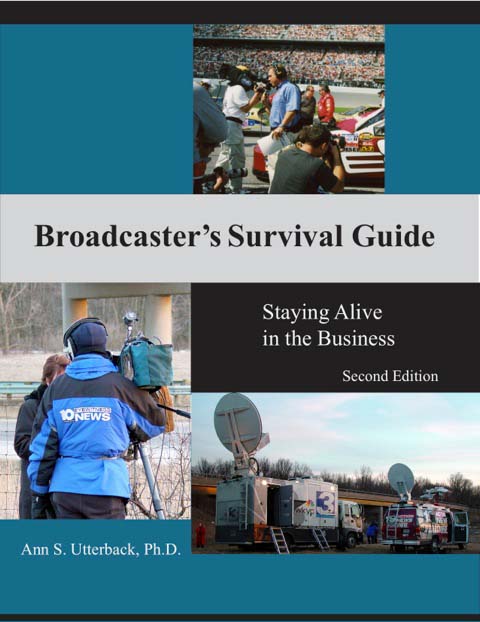|
VOICE HEALTH Do You Suffer From Nasality? Drop Your Jaw And Aim Voice ...  By Ann S. Utterback, Ph.D. By Ann S. Utterback, Ph.D. Voice Specialist Author, Broadcaster's Survival Guide With the exception of thin, young-sounding voices, nasality is the most common resonance problem I hear from clients. There's a key part of your vocal anatomy that you need to understand
that controls nasality, and that's the soft palate or velum. If you open your mouth widely and look in a mirror, you'll see the fleshy part of the roof of your mouth where the uvula hangs down. (BTW, don't ask me why the uvula is there because no one seems to know.) This fleshy part is a little trap door that opens and closes access to the nasal cavity. THE VELUM AT WORK To see the velum at work, click here and select "Stop" and then the letter "p." Watch the video for this sound to see the velum moving. Note that the soft palate is colored green in the model, and it moves upward to close off the nasal cavity for this sound. American English has three sounds that are supposed to go up into the nasal cavity to be resonated. These are the nasal consonants "m," "n," and "ing." If you'd like to see these in action, click here and select "nasal," then a letter on the left, and hit "Play." When any other sounds besides these three are allowed to go into the nasality cavity, a nasal voice results. TAKE NASALITY CHALLENGE If you want to test your voice for nasality, hold your nose closed and say this sentence, "Patty picked pretty strawberries." There are no nasal sounds in that sentence ("m," "n" or "ing") so you shouldn't feel any pressure in your nose as you say it. If you do, you may need help to eliminate nasality. In most cases, nasality is either a learned behavior or the result of a lazy soft palate. Learned nasality may come from living in an area where nasality pervades the pronunciation patterns or from copying a parent or teacher who has a nasal voice. It may also result from the mouth not being opened widely enough, which can force the sound into the nasal cavity. TOUGH PROBLEM TO FIX Unfortunately, nasality is one of the hardest resonance problems to correct. Dropping your jaw more when speaking will usually help. It's also beneficial to think of aiming your voice at a point behind the center of your bottom front teeth when you talk. Imagine the sound coming up from your throat and turning at a 130 degree angle to fall down toward the floor. This helps keeps the sound in the mouth and not in the nose. ---------------------------------------------- Ann
S. Utterback, Ph.D., is a voice specialist with more than 40 years
experience and has helped hundreds of people make the most of their
voices, working with broadcasters, voice over artists and podcasters
around the world. An author of eight books and over 50 articles on
voice, her Broadcaster's Survival Guide
e-book offers more tips on dealing with holiday stress, plus advice on
how to improve your voice over performance by making simple lifestyle
changes.
Web: http://OnlineVoiceCoaching.comClick for: Broadcaster's Survival Guide |
|
|
Tell Us What YOU Think!
Please Note: Since we check for spam, there will be a slight delay in the actual posting of your comment.
Comments (2)
Dr. Ann S. Utterback
5/9/2013 at 11:20 AM
Donna--What a great idea! Of course using a nasal voice at times will work well as a way to make a character distinctive. Be sure and read my next blog post that will be on denasality. That might work as well.
Donna Postel
5/9/2013 at 8:39 AM
Thank you for this article! As an audiobook narrator, I am always looking for ways to delineate characters, so rather than trying to eliminate nasality, I'm using this information to explore how various nasal tones can help the listener follow the story.
For essential voice-over business strategies
Inspiring interviews help your VO career
Email alerts to new VoiceOverXtra articles
With Sean Daeley and Paul Stefano - check it out!
As of the NEW website launch, 03/22/2012





.gif)





click for new article alerts